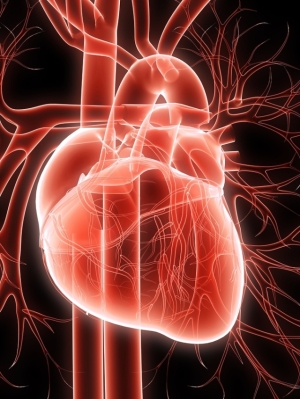by
Nancy Ryerson, Staff Writer | May 14, 2013
New 3-D cardiac mapping technology can, for the first time, identify the source of atrial fibrillation, a heart signal malfunction condition that affects more than 3 million Americans.
Researchers at Intermountain Medical Center in Utah found that the new technology improves success rates from a catheter ablation procedure by identifying where misfiring signals are coming from and ablating that part of the heart.
In the past, physicians treated advanced atrial fibrillation by creating scar tissue in the upper chambers of the heart to try to channel the disturbed electrical signals causing atrial fibrillation, but the method was imprecise.



Ad Statistics
Times Displayed: 2639
Times Visited: 16 Fast-moving cardiac structures have a big impact on imaging. Fujifilm’s SCENARIA View premium performance CT brings solutions to address motion in Coronary CTA while delivering unique dose saving and workflow increasing benefits.
"The beauty of this new technology is that it allows us for the first time to actually see three dimensionally the source of these chaotic electrical signals in the heart causing atrial fibrillation," said researcher Dr. John Day, director of the heart rhythm specialists at the Intermountain Heart Institute at Intermountain Medical Center in a press release.
Cardiologists were already able to map the heart in 3-D to enhance catheter navigation, but this is the first time 3-D technology has been used to create a map of the heart's electronic signals.
During 2012 and 2013, the team used the new technology on 49 patients and compared them with 200 patients who received conventional treatment.
Nearly 79 percent of patients who had the 3-D procedure were free of their atrial fibrillation one year after catheter ablation, compared with only 47.4 percent of the standard ablation procedure patients.
This new technology is great news for patients with atrial fibrillation, which can lead to blood clots, heart attack and stroke. People with atrial fibrillation are five times more likely to have a stroke than people without the condition.

